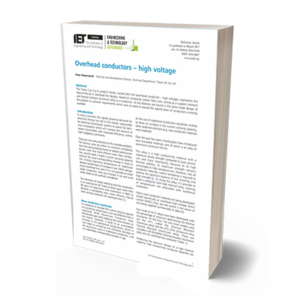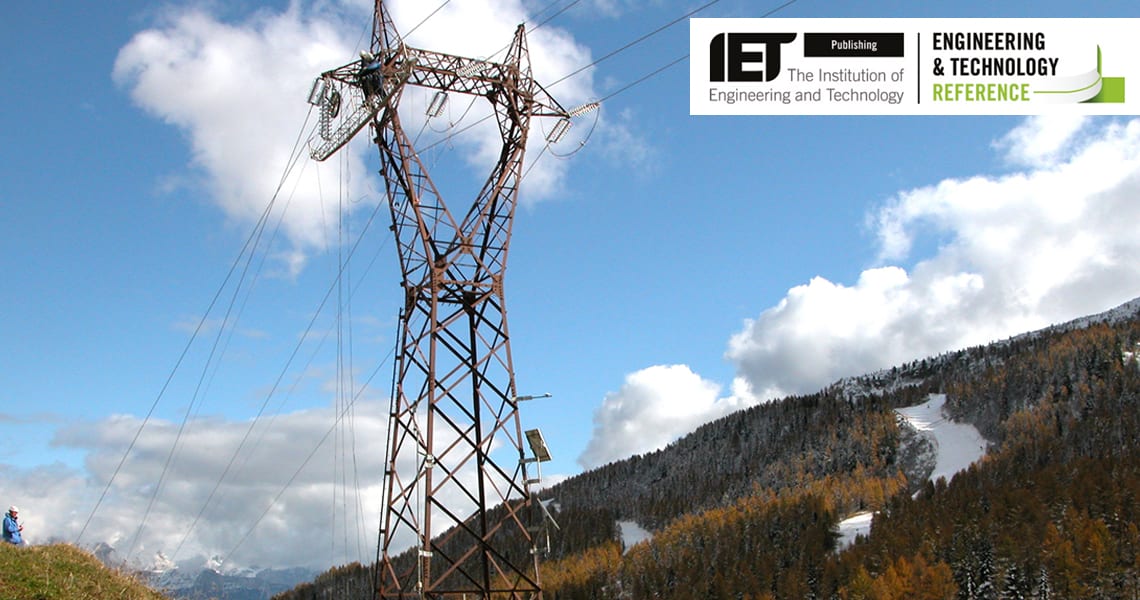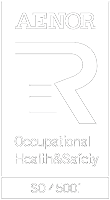A tried and tested solution that can be used to replace existing overhead conductors with new, more efficient ones is the subject of a Tratos technical paper that has been accepted by the Institute of Engineering and Technology’s (IET) digital library.
The reference article entitled Overhead conductors – High Voltage was written by Peter Waterworth, Tratos’ Technical and Development Director and Fellow of the Institute of Engineering and Technology. Commissioned by the IET in 2016, it was made available for download from the organisation’s website in April.
The reference article looks at the rapid growing demand for electrical energy which has meant a search for technical innovations to increase power transmission and improve efficiency within tightly constrained budgets.
With few solutions to this complex problem Tratos explored many options including constructing completely new lines along existing routes or replacing existing conductors with new more efficient ones.
The attraction of simply replacing only the conductors in an existing line led Tratos to draw upon more than 40 years of experience and investment in R&D to develop a completely new, more efficient, hybrid load carrying conductor for overhead lines.
Tratos’ OHC-HV (overhead conductor – high voltage), represents the state-of-the-art in overhead line designs. Based on composite carbon fibre core, acting as a support element and thermal resistant aluminium alloy as a conductor, the tailor-made design of the product meets or exceeds the performance of conductors currently available.
Mr Waterworth has more than 50 years’ extensive knowledge and experience of the cable industry worldwide including standards and regulations. Previously he was a member of several National and International Standards Bodies, including BSI, CLC and IEC.

Photo: Project: San Pellegrino Pass – Location: Italian Alps
The conductor operated successfully without problems for several years before it was carefully removed, examined and re-evaluated by TERNA.










